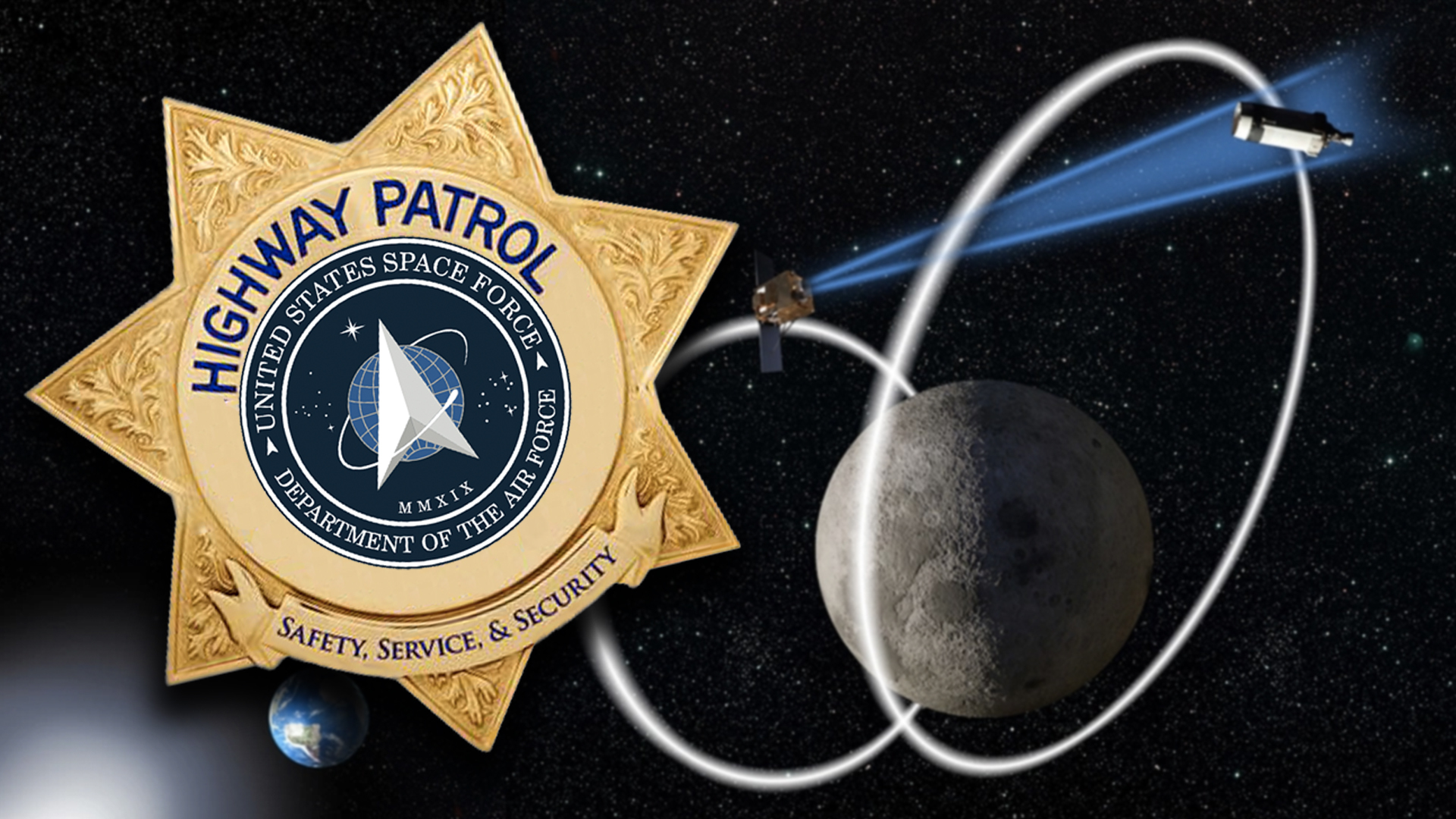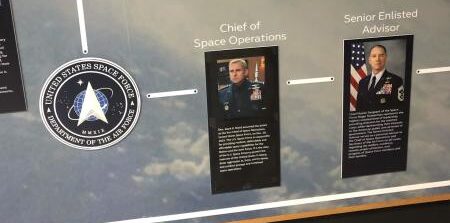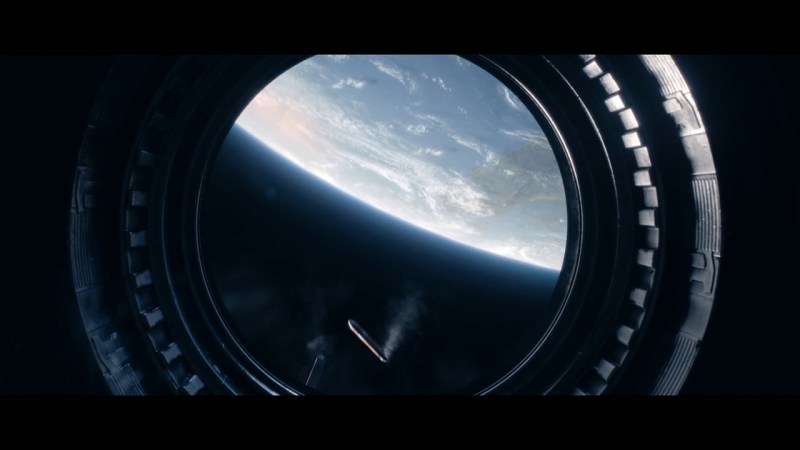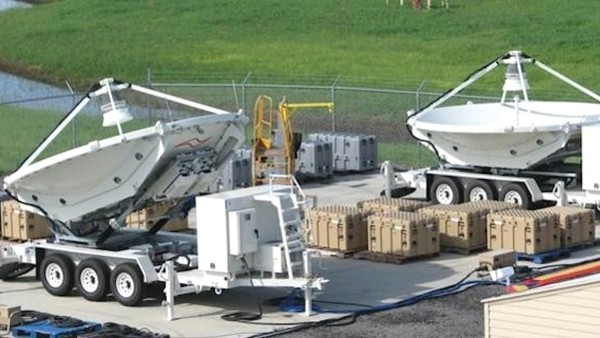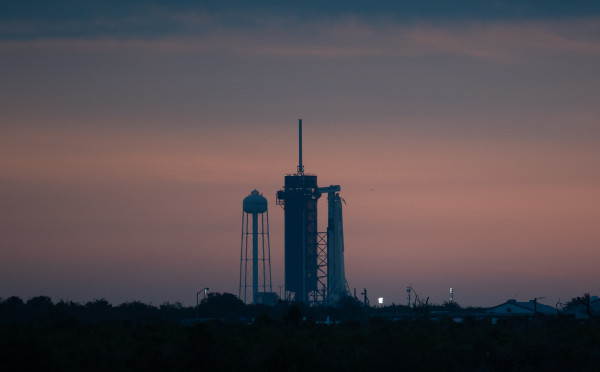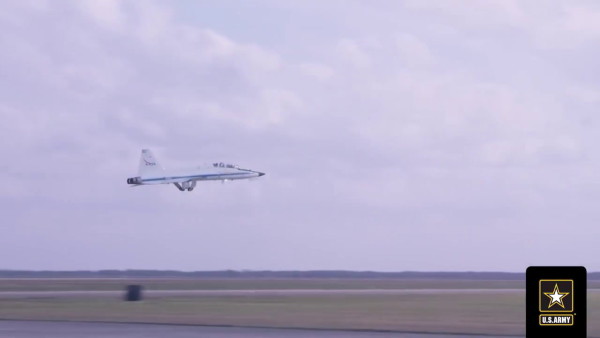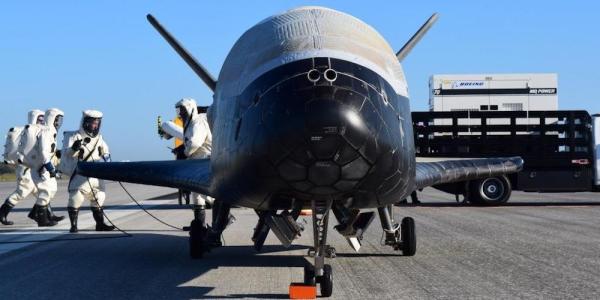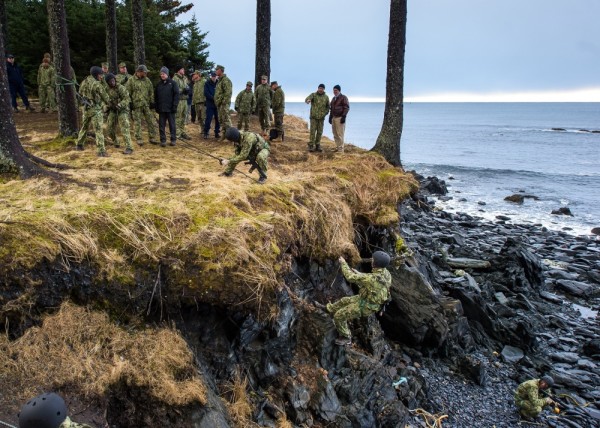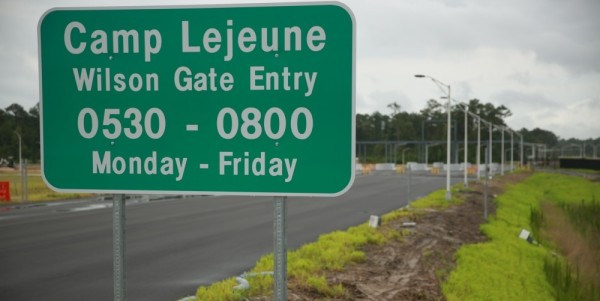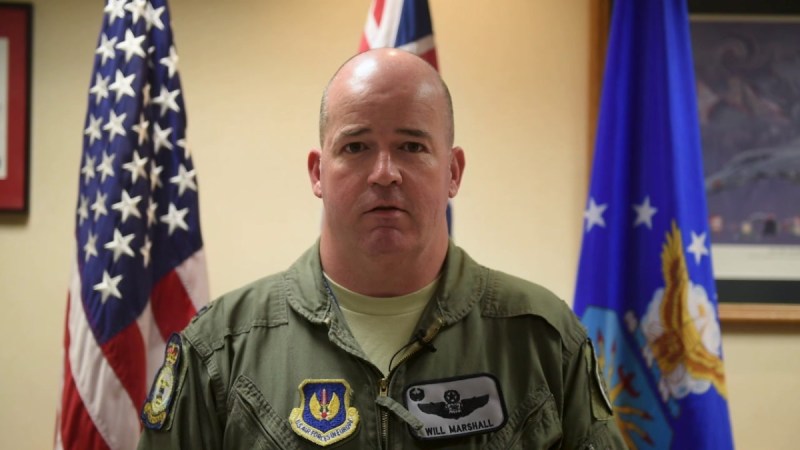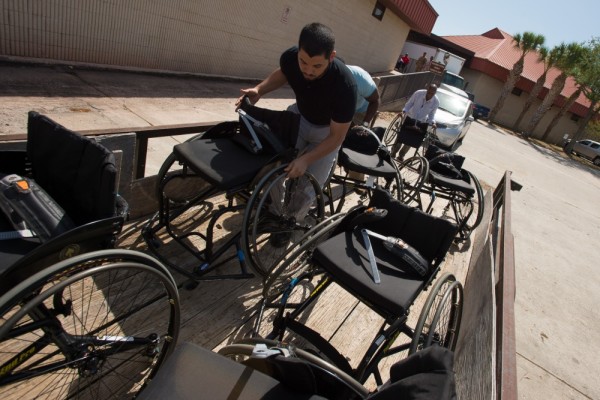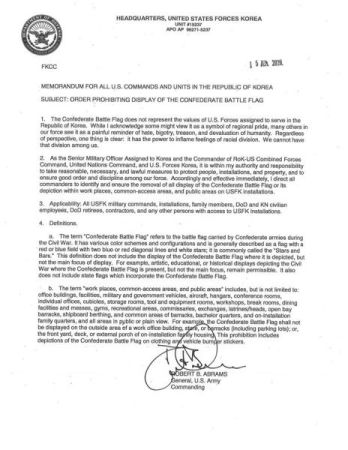They call space ‘the final frontier’ but it’s starting to look more like Interstate 405 on Memorial Day Weekend. At least that’s what the Space Force fears will happen as the public and commercial sectors send more satellites into the space between Earth and the Moon. To keep a closer eye on this burgeoning lane of space traffic, America’s newest military branch wants to start a Cislunar Highway Patrol System, or CHPS, for short, just like the California Highway Patrol made famous by the 1970s TV show ‘CHiPs.”
“Until now the United States space mission extended 22,000 miles above earth,” the Air Force Research Laboratory said in a recent YouTube video, which was first reported by Ars Technica. “That was then, this is now.”

Though its exact definition is in dispute, the term ‘cislunar’ commonly refers to the space more than 22,000 miles above the earth (the limit of geostationary orbit) but not much farther than the Moon (anywhere from 225,000 to 252,000 miles away). The new proposed highway patrol system indicates how quickly that space is being developed, and how much more work the U.S. military will have to do to keep an eye on it.
“With new U.S. public and private sector operations extending into cislunar space, the reach of [Space Force]’s sphere of interest will extend to 272,000 miles and beyond – more than a tenfold increase in range and 1,000-fold expansion in service volume,” wrote the Air Force Research Laboratory in a 2021 primer on cislunar space.
There’s a great deal of money to be made on the moon and the space between. Lunar ice can be used to make water, oxygen and rocket fuel, which can fuel missions deeper into space, the Center for Strategic & International Studies noted in a 2020 report. The moon also hosts large deposits of Helium 3, which can transform energy production on Earth by enabling nuclear fusion and making fossil fuels obsolete. NASA has also detected rare-Earth elements that can be used to make electronics and other products.
“Right now the space-based economy encompasses about $350 billion per year worth of work,” said David Spencer, associate professor of Aeronautics and Astronautics at Purdue University, in a recent video. “But over the next 30 years, forecasts say that the space-based economy is going to grow to about $3 trillion per year.”
The Moon market beckons, but the challenge is getting there. Part of what makes going to the Moon so difficult is that the Moon has its own gravitational pull, which can easily screw with the flight of spacecraft between the Moon and Earth. Plus, the Moon is very far away, which means objects there are fainter, sensing them takes longer, and sometimes sunlight reflecting off the Moon makes it difficult for electro-optical sensors near Earth to keep track of things there, according to the Air Force Research Laboratory.

All of those factors mean that it is difficult to monitor cislunar space traffic and make sure nobody’s sabotaging other satellites or violating international treaties. Enter the Cislunar Highway Patrol System, where spacecraft would serve as remote sensor platforms to keep an eye on the Moon and everything around it. There is an experimental vibe to the project though: part of the Air Force Research Laboratory’s goal is to “demonstrate core competencies for conducting space domain awareness operations in the cislunar regime,” wrote the government acquisition website NSTXL in a notice about the highway program.
Some of those competencies include detecting and tracking objects near the moon that cannot be viewed from the Earth or near-Earth orbits, plus developing new technologies for making sure the highway patrol can operate smoothly and possibly autonomously, NSTXL wrote.
The Air Force Research Laboratory could award a contract for developing the Cislunar Highway Patrol System this summer, with a launch date as early as 2025, the defense technology website C4ISRNET reported last month. Though it’s not clear exactly what the system will look like at this point, we can only hope it will be something like this.
What’s new on Task & Purpose
- The ‘Ghost of Kyiv’ is the first urban legend of Russia’s invasion of Ukraine
- Man calls into public radio with tips on how to make Molotov cocktails in Ukraine
- ‘Russian warship, go f–k yourself’ — Ukrainian troops make heroic last stand on Black Sea island
- The Navy is moving ahead with court-martial of a sailor accused of torching a $3 billion warship
- Military nuclear experts explain the actual danger of troops battling in the shadow of Chernobyl
- Here’s what those mysterious white ‘Z’ markings on Russian military equipment may mean
Want to write for Task & Purpose? Click here. Or check out the latest stories on our homepage.

